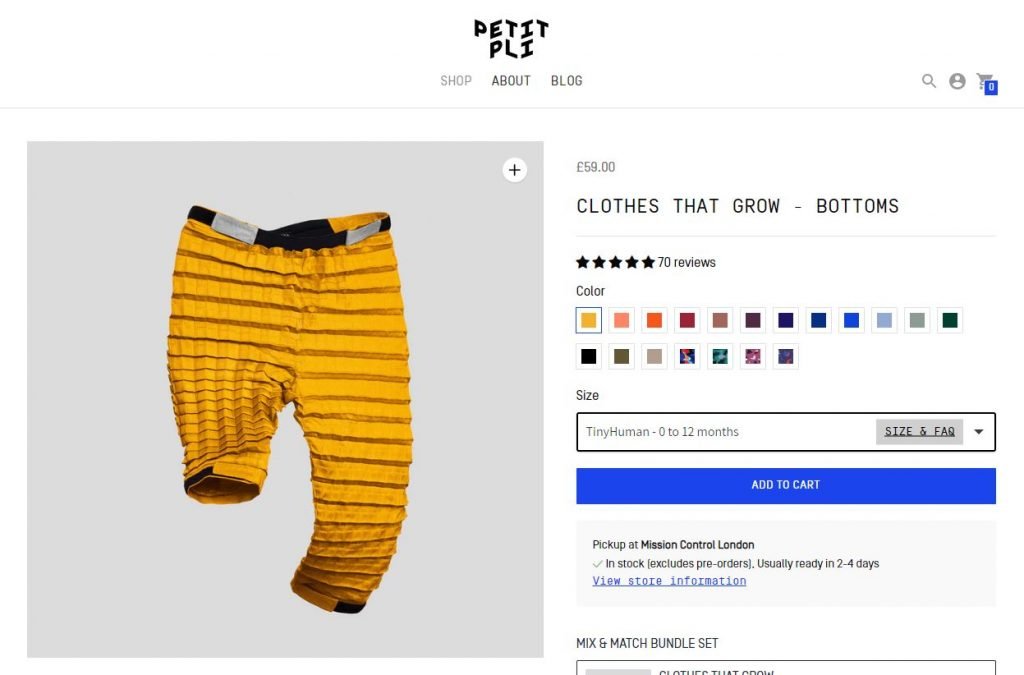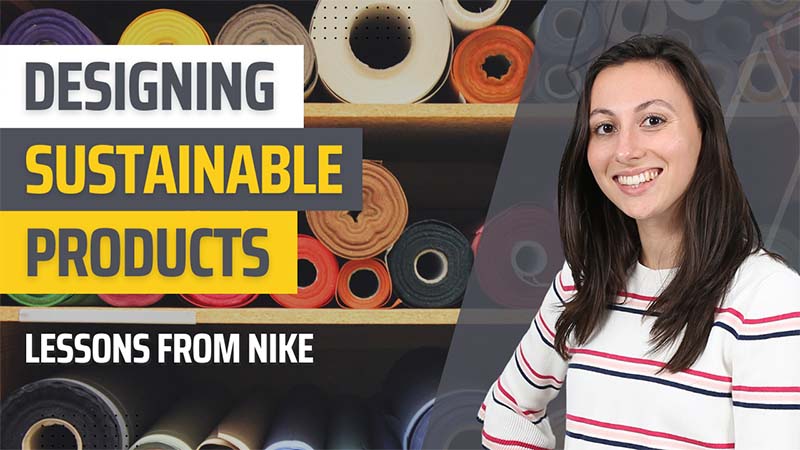Lessons in Sustainable Design from Nike’s Product Development Process
Circular Design is all about considering the full environmental impact of the new concept during the product development. Nike recently published details of their product development process with 10 key elements focusing on circular design. What can we learn from this in developing hard or soft goods products?
According to Wikipedia: A circular economy is “a model of production and consumption, which involves sharing, leasing, reusing, repairing, refurbishing and recycling existing materials and products as long as possible”. Circular Design seeks to embrace this way of thinking in the whole product development process with the result of creating more sustainable products that have a low impact on the environment.
We’ve picked out three of the ten areas Nike highlight to focus on.
- Material Selection
- Waste
- Variation
These are key elements that we look to integrate within the design of our client’s products. It is intense and often involves higher development costs and working closely with the manufacturers but more and more our clients see this as essential.
Materials
Always seek to minimise the usage of your materials and particularly the number of different materials. If these come from suppliers in different locations then you massively increase the amount of transport involved which increases the amount of pollution in making the product. In soft products, this should also involve minimising the use of different dyes as dye production has a huge negative impact on the environment. The use of different components, fixings and fixtures should also be minimised for the same reasons. Non-virgin materials should be utilised where possible and this can be material with a percentage of recycled material rather than a fully recycled material that may not have the mechanical properties that your product requires.
Waste
Waste in production should be minimised and often is by the manufacturer to maximise material usage and reduce costs. The same should be applied to development. Often prototypes can be upgraded or improved rather than simply making a new one. Basic physical models can often be created by reworking end-of-life existing products. Samples can be sold for reduced cost but only if they are fully compliant with the relevant safety standards.
These elements are a drop in the ocean compared to the wastage from end of batch products that are often thrown away. This is done when the next batch of an improved design has arrived and the brand doesn’t want to sell off the remaining old batch cheaply as they are concerned about maintaining the perceived value of the brand by consumers. It can also happen if the product needed to be altered to sell effectively and the old batch is unsaleable. To avoid this, always make minimum batch sizes. This might require manufacturing closer to home than the Far East.
This is also a key way of reducing waste through returns as the volume of returns is then minimised. Leave ordering later batches as long as possible to gain time for customer feedback and to find any product faults that would otherwise result in waste.
Variation
This is more complex and involves thinking through alternative uses for your product, how a consumer might be able to upgrade or modify the product to lengthen its life or how the product can adapt as the user’s requirements change.
PetitPli is an amazing example of this and can be seen here. The image below shows how their clothing grows with the child reducing huge amounts of waste in children’s clothes. See the video above to view this in action!

For lots more information on circular design check out the following links:
https://www.circulardesignguide.com/get-started
https://circulardesign.nike.com/
Video Transcript
coming soon.
